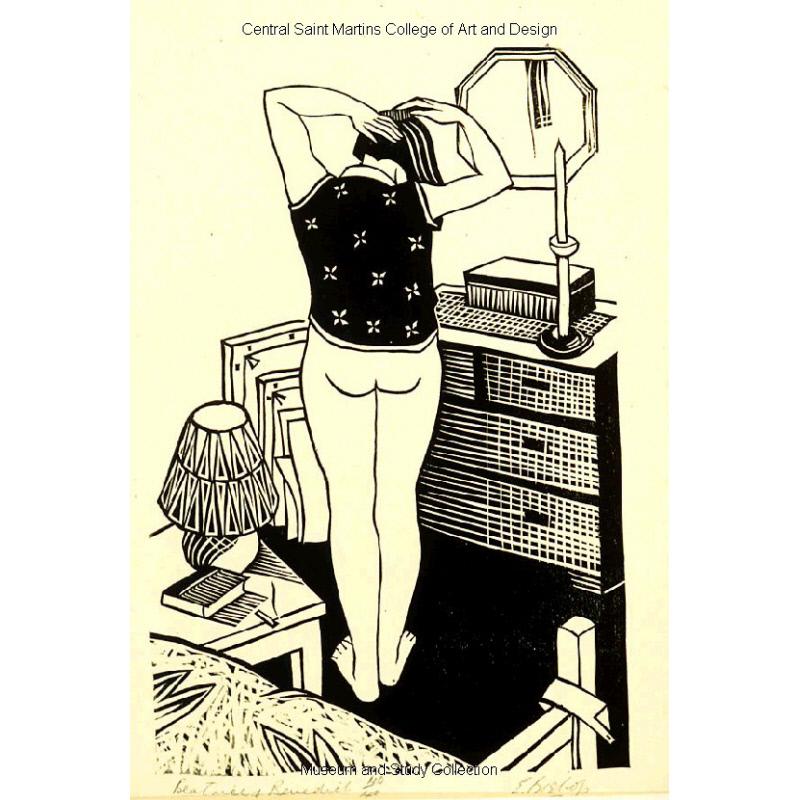
Edward Bishop
Edward Bishop left school at 14 and during the First World War he worked with the Stoll Theatres. He joined the Central School to learn to draw and a year later he won a scholarship to the enter life class. He was soon designing posters for Stoll Theatres. In 1929 he won one of the first open competitions for an advertising campaign, for Unilever, and was asked to join the advertising agency Lintas. He moved to the S. H. Benson agency in 1936, where he worked on campaigns for clients such as Kodak and Austin cars. He also won a number of competitions for his photographs. In 1941 he joined the Ministry of Information where he was involved in designing propaganda. A prolific painter in oils and pastel Bishop was also an accomplished lithographer and wood engraver, exhibiting with the Society of Wood Engravers at the Redfern Gallery in 1930 and 1931. He first exhibited with the Royal Academy in 1941 but it was during the 1950s that he was most prolific. He specialized in paintings of London, especially scenes and views of the Thames. He was elected a member of the Royal Society of British Artists in 1950, president of the London Sketch Club, and in 1960 a member of the New English Art Club, becoming its first keeper in 1990. He also served as chairman of the Chelsea Arts Club in 1965 and 1966.
A wood-engraved portrait of Edward Bishop, by Hilda Quick (1927) is in the possession of Robert Bishop, plus other material.
